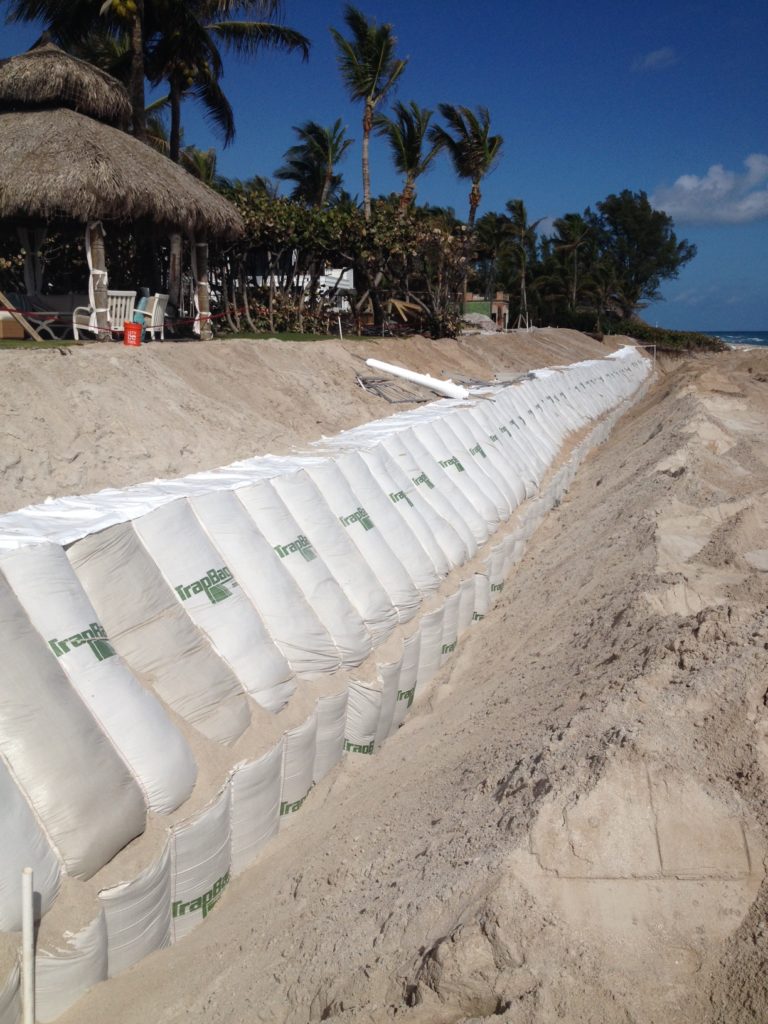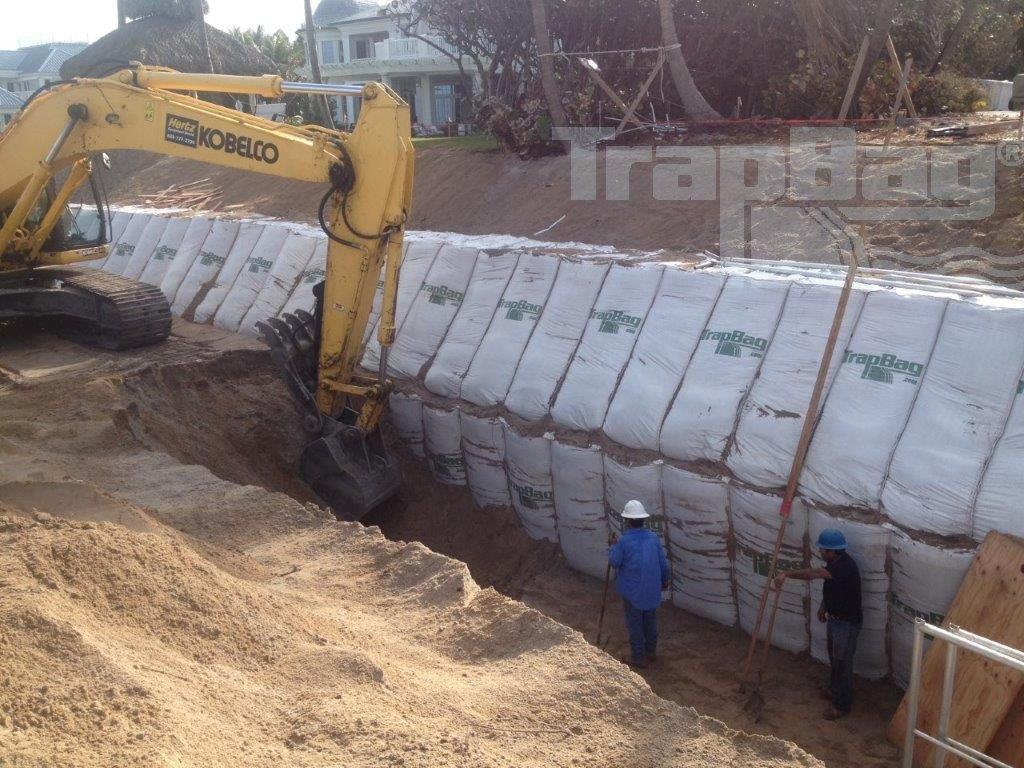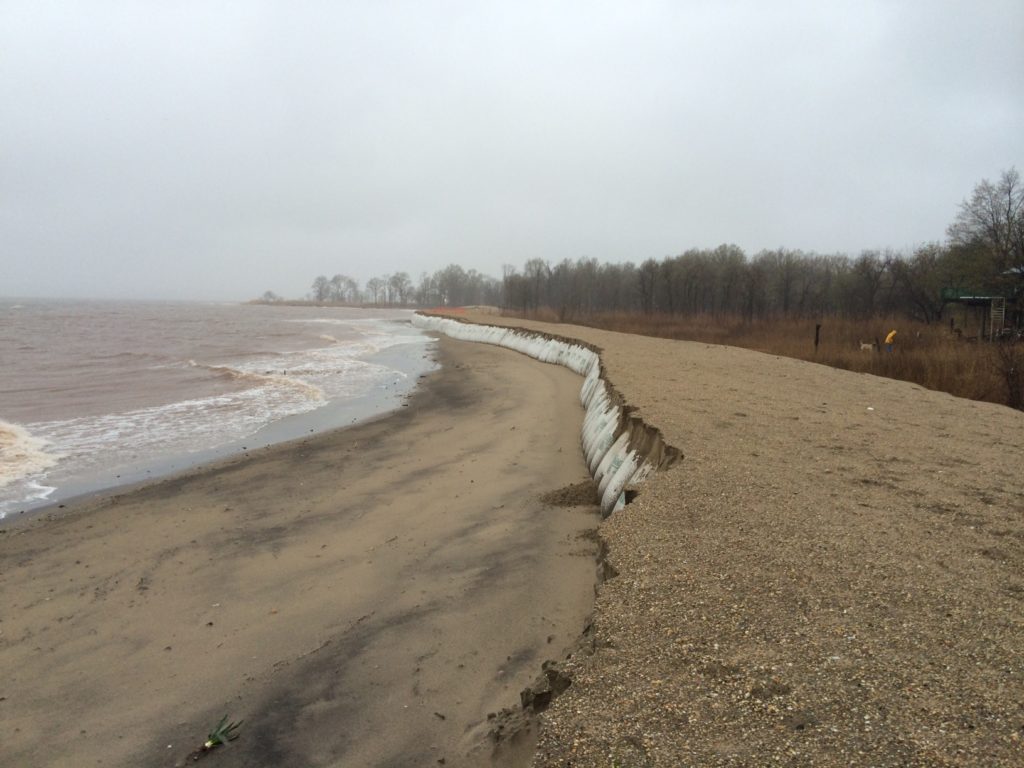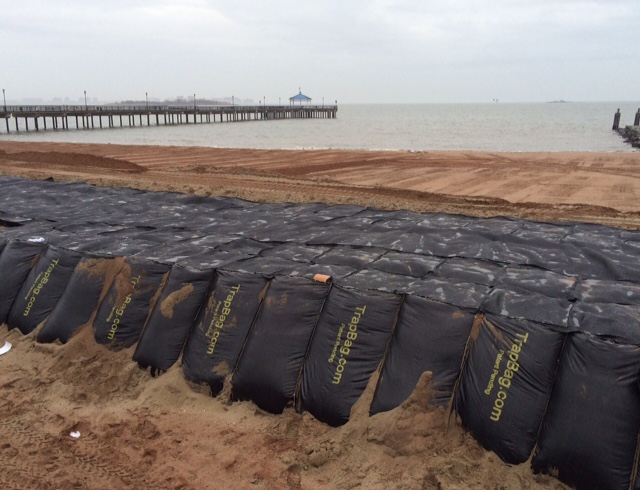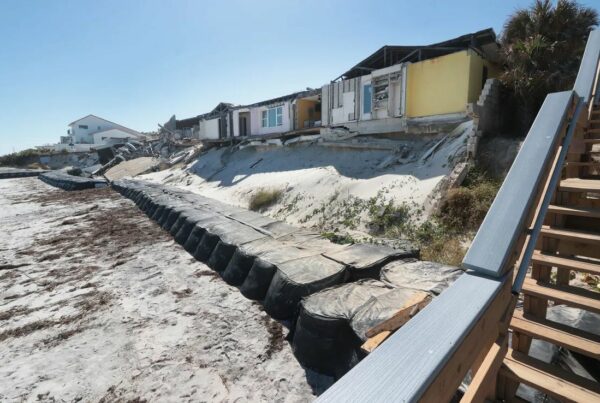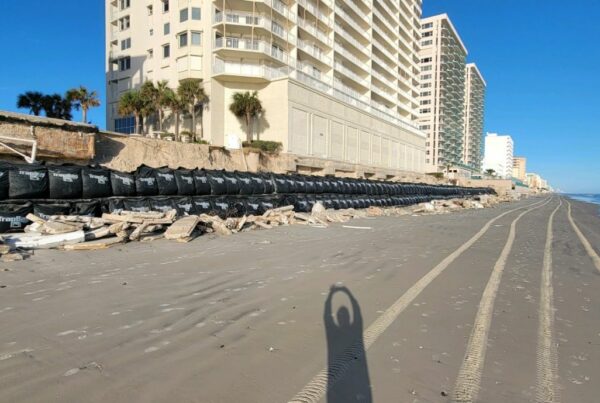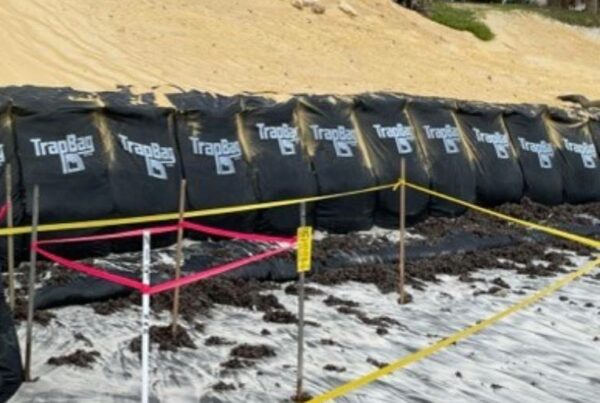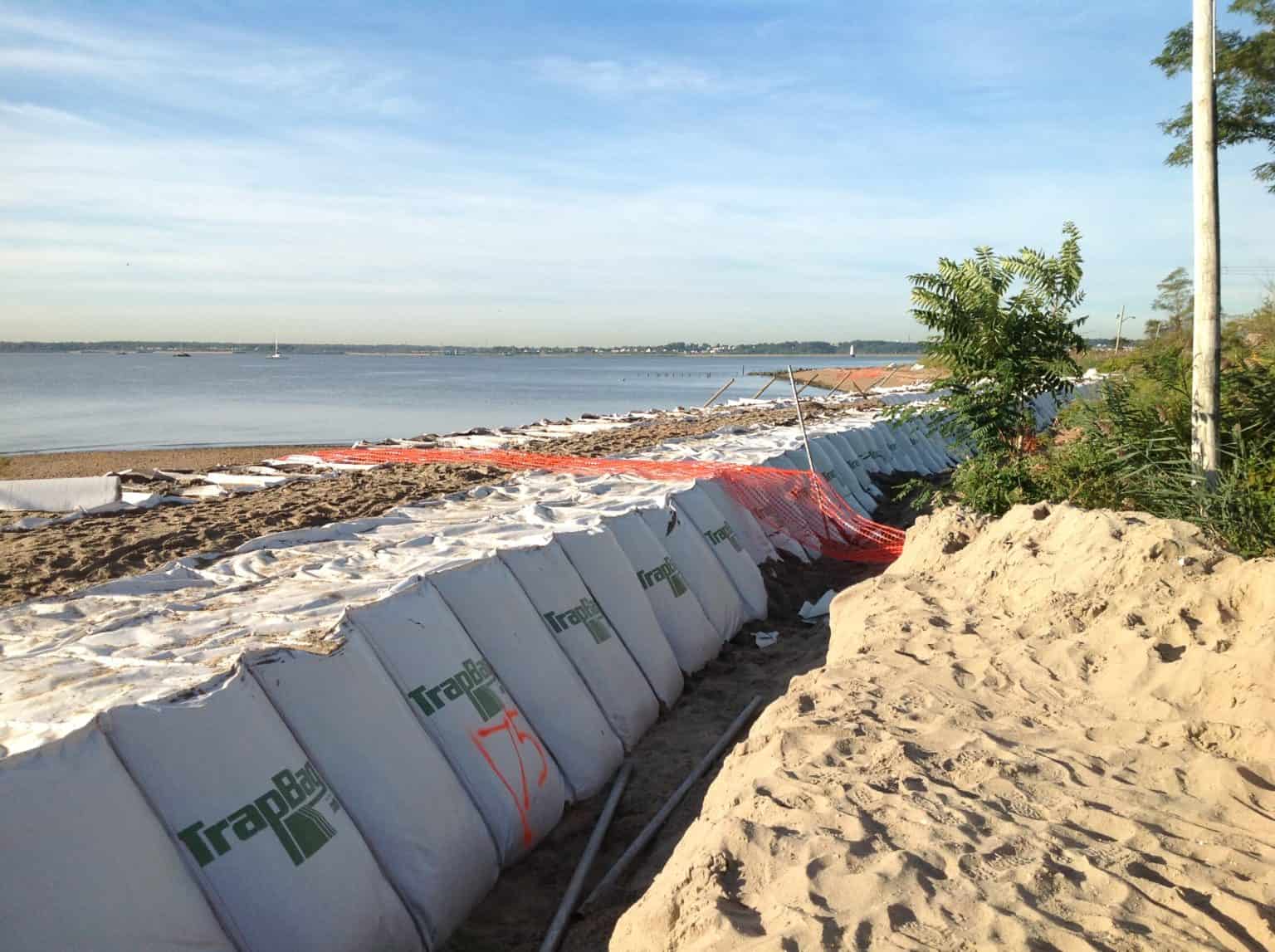What is dune stabilization?
“Dunes are reservoirs of sand formed by waves and wind that help keep a seashore intact. They provide a flexible barrier to the movement of high tides and waves into low- lying areas behind a beach, reducing erosion.” — Measures for Stabilizing Coastal Dunes, USDA
Sand dunes and other sandy areas can be difficult to stabilize because they are subject to wind action that causes erosion. Dunes are incredibly dynamic and naturally shaped over the years by wind and wave erosion, however, human practices can exacerbate dune erosion. Construction, for example, is a leading cause of hastened erosion.
States and other communities have laid out best management practices (BMPs) for property owners and managers that can help reduce environmental impacts on dunes and sandy areas. These BMPs also include ways to stabilize affected dunes (michigan.gov).
Erosion control solutions like TrapBag® are efficient, affordable and highly effective at sand dune stabilization.
Climate change has also quickened the rate of sand dune erosion as it leads to higher water levels. All over the world sand dunes are under heavy attack from higher sea levels and more severe weather conditions as a result of the continuous process of global warming. By installing a TrapBag® barrier system inside the dune core, the erosion of the dune can be slowed down drastically or even brought to a halt.


